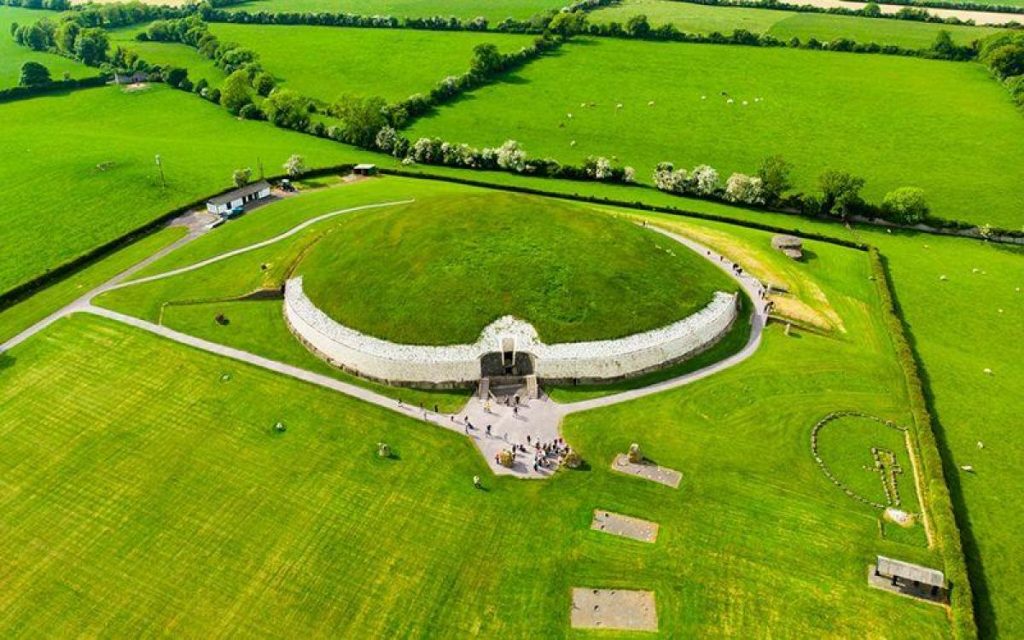Winter Solstice and Yule is a wonderful time to celebrate and remember our links to nature, writes HELEN JR BRUCE

The Winter Solstice marks the longest night, and astronomically begins the cycle of days slowly beginning to lengthen once again. Night time on the Winter Solstice lasts for over 16 hours, meaning there are less than eight hours of daylight.
It falls on the 21st December in the Northern Hemisphere, and it’s counterpart is the Summer Solstice on the 21st June.
Late December in the United Kingdom typically brings rain, freezing nights and even snow. Given this, it may come as no surprise that the Winter Solstice was traditionally a time of celebration for our ancestors.
Falling amidst the harshest weather and longest nights, this Solstice provided a much needed opportunity to celebrate the shift towards the light returning and days lengthening again.
Yule Celebrations
Pagans celebrate Yule on or around the Solstice, with traditional festivities often observed for a three or 12 day period, beginning on the evening before the Solstice.
The whole period is sometimes referred to as Yuletide, which once referred solely to Pagan festivities, but is now often used to describe the period of Christmas celebrations as well.
Various historical sites are set up for these celebrations, and the passage tomb at Newgrange in Ireland is famously aligned to receive the morning light around the Winter Solstice. On these mornings, the light from the rising sun penetrates the stone roof box and travels up the nineteen metre underground passage to the inner chamber. Even in modern times, this is a striking and dramatic depiction of the light returning.

Christmas and Saturnalia
Christmas and Yule have many overlapping features, including traditions of feasting, sharing gifts and drinks with friends, decorating a tree and lighting candles.
The familiar Yule Log, which we may look forward to eating in cake form, was originally a large tree trunk decorated with herbs or symbols to bring abundance and fertility. This would be burnt in the fireplace over the 12 days of Yule, bring literal and symbolic light and warmth into the home.
It is likely that the date of Christmas was chosen purposefully to overlap with the pre-existing celebrations of Yule and the Roman festival of Saturnalia. Saturnalia honoured the Roman god Saturn, who was associated with abundance, agriculture and seasonal renewal.
Celebrations included the traditions of drinking, feasting and exchanging presents. Hot mulled wine was already a firm favourite and a usual toast was ‘lo Saturnalia!’.
The Holly King and Oak King
The Winter Solstice may mark the longest night, but it also brings hope and the promise of a slow shift towards warm days and summer.
After the 21st December the days begin to get longer by an average of just over two minutes each day, and the seasons cycle towards the longest day on the Summer Solstice.
Modern pagans often represent and celebrate this cycle through the story of the Holly King and the Oak King, who each reign for half of the year. The Holly King holds sway for the darker part of the year, having defeated the Oak King in battle on the Summer Solstice. But, deep in the winter, they do battle again, and the Oak King emerges victorious on the Winter Solstice. He then oversees the lengthening days of spring and summer.
Some neopagan traditions celebrate these shifts in power at the Equinoxes instead, which has the Oak King at the height of his power on the Summer Solstice and the Holly King at the height of his power on the Winter Solstice. Either way, the oak is associated with summer and light, with the flowers of the tree blooming in May. Conversely, the holly tree is associated with winter, with the berries on female trees ripening in November or December.
Ways to Celebrate Winter Solstice or Yule
If you feel inspired to celebrate the Winter Solstice or Yule yourself, then here are five ways to join in the festivities:
- Gather round a fire and share stories
- Take an ‘Awe Walk’ in nature and look out for holly trees with berries
- Create a wreath to hang on your door
- Purify your home with incense smoke to clear out the old and welcome the new
- Share food, drink and gifts with your friends and family
Discover Britain’s Strangest Food-Related Superstitions







